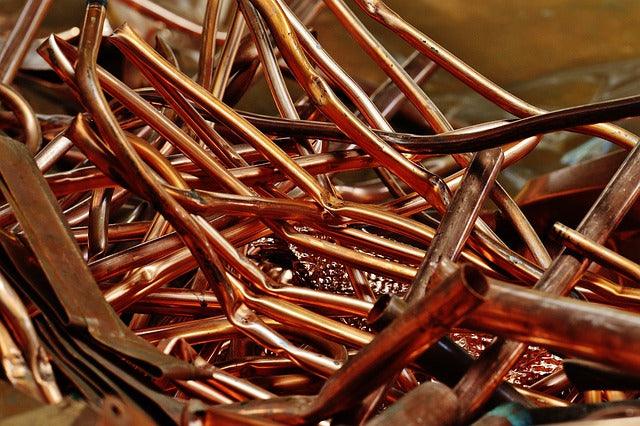Brass and copper are two materials that are often used in household products, such as faucets, sinks, and lamps. While they may look similar, there are several differences between the two materials. Here's a closer look at the differences between brass and copper:
Composition:
Copper is a pure element, meaning that it is made up entirely of copper atoms. Brass, on the other hand, is an alloy, which means that it is made up of a combination of copper and zinc. The amount of zinc in the alloy determines the color and properties of the brass.
Color:
Copper has a distinct reddish-orange color, while brass can vary in color depending on the amount of zinc in the alloy. Brass can range from a yellowish color to a reddish-brown color.
Strength:
Brass is generally stronger than copper due to the presence of zinc in the alloy. This makes it a popular choice for products that require strength and durability, such as faucets and doorknobs.
Corrosion Resistance:
Copper is known for its excellent corrosion resistance, making it ideal for use in plumbing and electrical applications. Brass is also corrosion-resistant, but its resistance depends on the amount of zinc in the alloy. The higher the zinc content, the more corrosion-resistant the brass.
Malleability:
Copper is a highly malleable metal, meaning that it can be easily shaped and formed. Brass is also malleable, but it is less ductile than copper. This means that it cannot be stretched or bent as easily as copper.
Cost:
Copper is generally more expensive than brass due to its higher purity and natural scarcity. Brass, on the other hand, is less expensive due to its availability and the lower cost of zinc compared to copper.
Overall, while brass and copper share some similarities, they are different materials with distinct properties and uses. Understanding the differences between brass and copper can help you choose the right material for your specific needs and applications.

